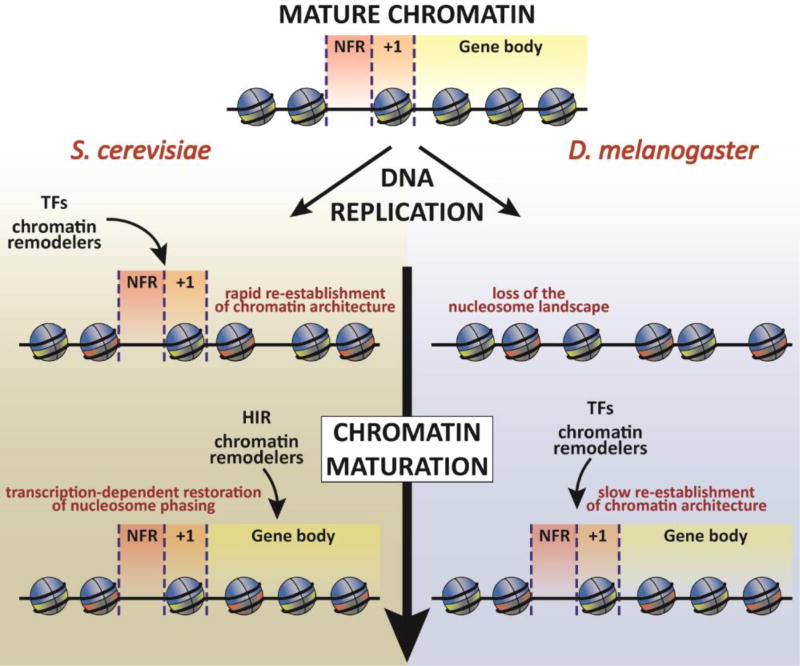Figure 2. Chromatin maturation after DNA replication.
Mature chromatin has a characteristic nucleosome pattern at gene regulatory elements such as the nucleosome-free region (NFR) upstream of the transcription start site (TSS) and the strongly positioned nucleosome (+1) immediately downstream of the TSS. The coding sequence of active genes also displays tight nucleosome spacing. In Saccharomyces cerevisiae, the NFR and the +1 nucleosome are rapidly restored soon after DNA replication by the action of transcription factors (TFs) and chromatin remodelers (left panel). The nucleosome phasing observed at gene bodies is restored later and is dependent on the transcription rate of a given gene and the activity of the HIR complex and chromatin remodelers. In contrast, the NFRs and the +1 nucleosomes are lost during the replication-coupled nucleosome assembly in Drosophila melanogaster (right panel). The nucleosome landscape at active regions is restored, more than an hour after DNA replication by TFs and chromatin remodelers. This may create a window of opportunity for alterations in chromatin state and cell identity.

